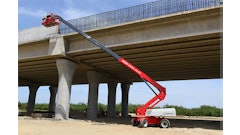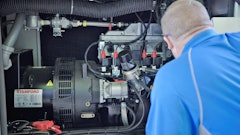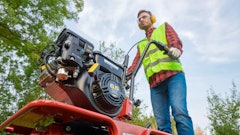
I consider the rental business a set of variable transactions needing constant management to work, to be profitable and to generate a positive cash flow after debt service. It's easier said than done, and it's not unusual for a rental company to show a reasonable bottom line profit and still see their cash balances getting smaller each month. Been there?
The rental business in its present state is basically a somewhat new way to utilize equipment and control costs. Management has to develop ways to present and analyze metrics, that when changed or modified by management directives, will improve the financial well being of the enterprise.
Based on my extensive experience in the dealer, rental and leasing businesses, I find running rental metrics against the original cost of the equipment is the best way to compare rental activity from one reporting period to the next. In a business filled with variables, using that cost number by Unit, Cat Class, Vendor, or Fleet gives you results to compare against other rental companies.
If you're wondering why I use cost it's because it is the only number that does not move around. Cost should include vendor cost including taxes and freight. If I use any other metric I will be getting results using two sets of variables which might not make any sense for my personal operation nor give me proper comparisons to industry rental metrics. For example, if we were using book value (cost – accumulated depreciation) just consider how many different BV numbers I would get. I would bet that out of a sample of 10 rental companies 90% would not be using a depreciation method similar to any other member of the group.
The impacts of cost
Equipment cost impacts the balance sheet, the income statement and cash flow.
On the balance sheet cost impacts:
- Investment you measure returns against
- Collateral value
- Loan balances
- Time and dollar utilization calculations
On the income statement cost impacts:
- Gross profit margins
- Rental rates
- Basis for book depreciation charge
- Proper dollar utilization calculation
- Interest expense
On the cash flow statement cost impacts:
- Annual debt service requirement
- Purchase of rental units
- Financing of rental units
- Cash flow from sales of used equipment
Because equipment cost is such a material number and has such a direct impact on cash flow because of debt service, rental companies as well as contractors are paying much more attention. Why? Because if you lowered your equipment cost 20% and were still able to bill rentals at your current rates, your profits, cash flow and equity would all increase without any other changes on your part.
So to get these higher ROI numbers, rental companies are keeping units in the fleet longer, doing minor rebuilds to keep them in the fleet another three to five years, and doing full rebuilds to keep them in fleet another seven-plus years. If you could do that at an expense of 50 to 60% of original cost, would you do it? After looking at the numbers I think you would, especially for OEM units backed up by a new warranty and financing as if it were a new unit.
What's the magic number?
So the trick to enhance profits and cash flow going forward is to generate more rental revenue as a percentage of original cost. You should be getting 25% or more (depending on the type of equipment) of rental revenue per year against cost. If you have the ability to maintain the equipment, you could keep it in the fleet eight years or so and collect 200% of cost as rentals and still sell the unit for 50% of original cost. Under that scenario, you wind up with $2.5 dollars for every $1 invested in the fleet. Taking into account the direct costs to operate the equipment, you still generate higher ROI at least until the residual starts going south on you. Some folks I know shoot for 300% of cost including rents plus residual sale before they turn a unit, and I bet that helps make them a lot of money because the debt on those units has been paid off many year ago.
If you want to improve your rental performance I encourage you to join a Dealer Twenty Group to share data and find ways to improve results. They work! I manage some of these groups and have thought about starting a new group for rental business owners only. If you care to join the group let me know. Believe me, when the CEO knows more than the managers do about every department in his company, magic happens - in the form of additional cash flow.


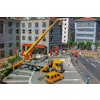

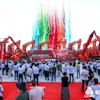
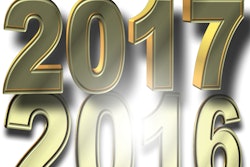


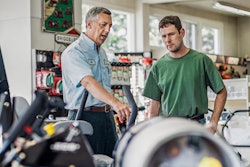
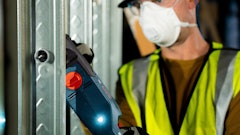

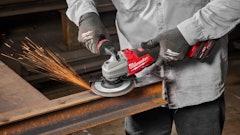

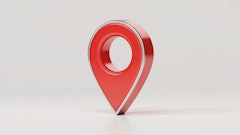

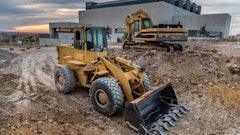
![Building Angled Sm Edit 6050b8d213f1b[1]](https://img.forconstructionpros.com/mindful/acbm/workspaces/default/uploads/2025/09/building-angled-sm-edit6050b8d213f1b1.Ygq5aAos3b.png?ar=16%3A9&auto=format%2Ccompress&crop=focalpoint&fit=crop&fp-x=0.53&fp-y=0.23&fp-z=2&h=135&q=70&w=240)
